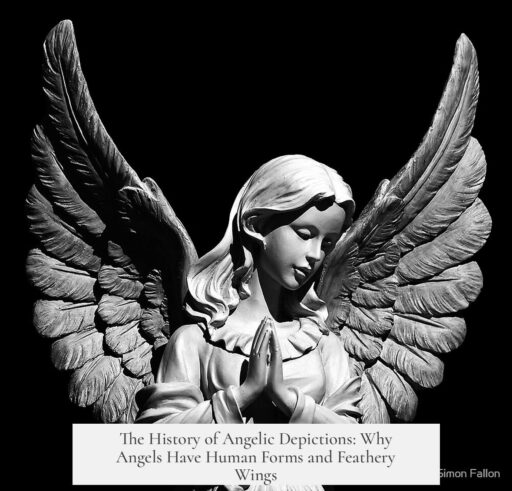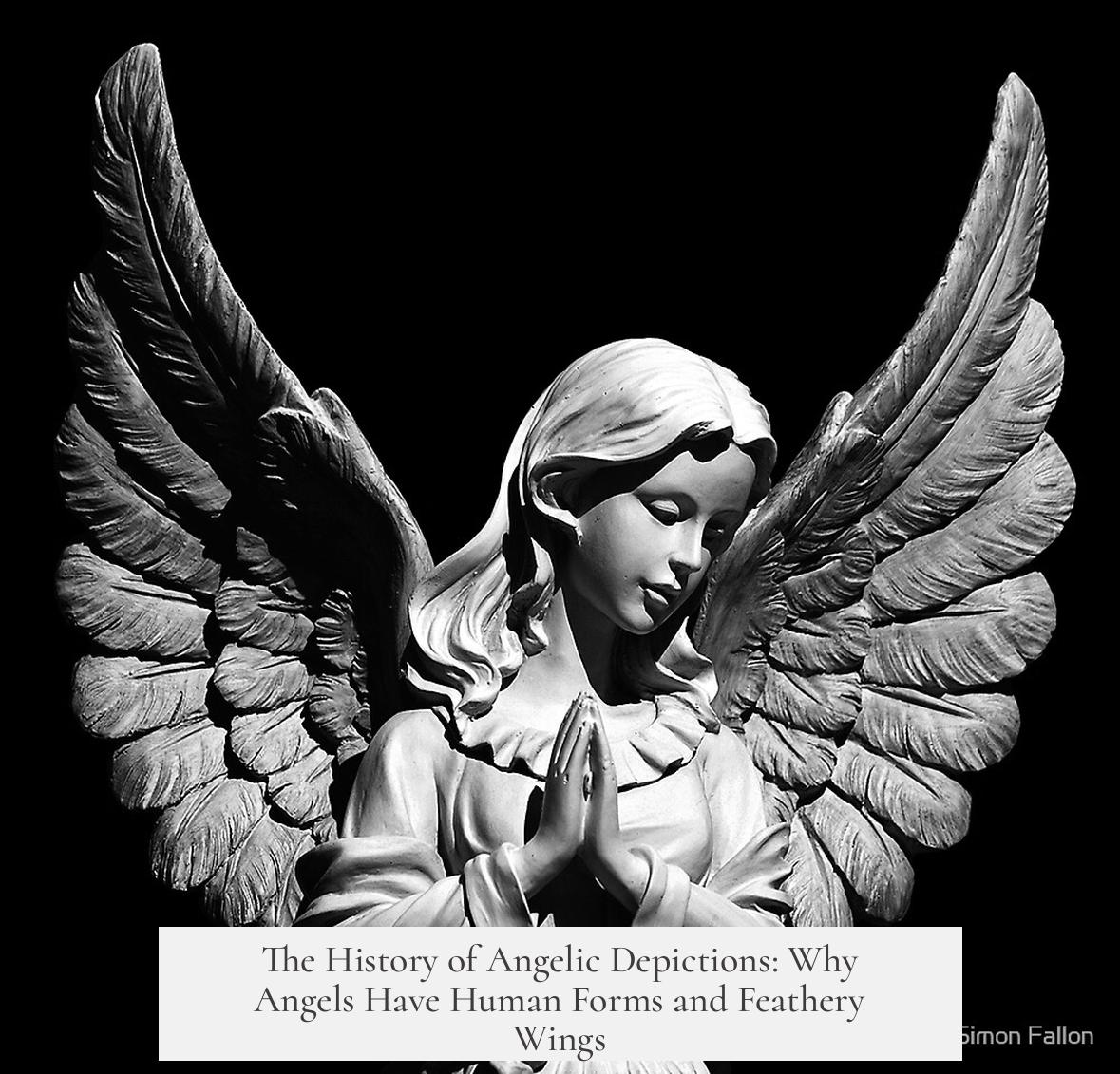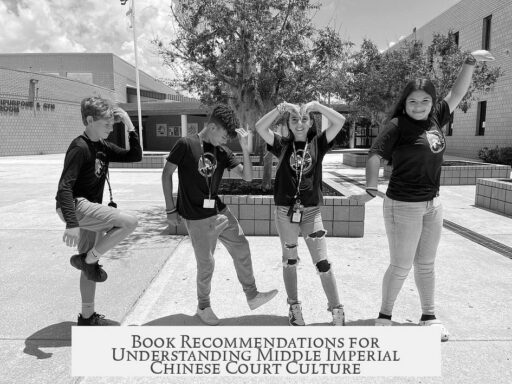Angels are depicted as humans with large white feathery wings primarily due to a complex blend of biblical descriptions, ancient Near Eastern art, and evolving Christian theology and iconography, with this portrayal emerging definitively after Christianity became Roman state religion in the 4th century CE.
The Bible offers two main types of angelic imagery. One tradition presents angels as basically human in form, such as the angel in Mark 16:5 or the visitors to Abraham in Genesis 18. The other tradition is more fantastical, describing winged, often multi-faced creatures. For example, Ezekiel 1 describes cherubim as beings with four faces—human, lion, ox, and eagle—and four wings. Isaiah 6 depicts seraphim as fiery beings with six wings entirely covered in eyes.
These angelic figures, cherubim and seraphim, do not fit the simple “angel” notion of celestial messengers found elsewhere. Instead, they are exalted, divine beings involved in praising God. Their complex appearance with multiple wings and faces reflects ancient Near Eastern mythologies, especially from Phoenician, Assyrian, and Hittite cultures, which featured winged divine or semi-divine creatures. Such longstanding artistic traditions shape biblical imagery deeply.
Early Christians did not originally depict angels with wings. Early Christian art shows angels as human figures without wings. Their winged form appears only after Christianity’s full integration into Roman imperial culture, post-Constantine in the 4th century CE. Scholars trace the winged human angel image to the Roman personification of Nike (known as Victoria to Romans), the goddess of victory, who is often depicted winged. This iconography likely inspired Christian artists.
Christian theologians of late antiquity and the medieval period elaborated on angelic symbolism, giving wings specific meanings. Wings symbolized divine speed and communication from God. Origen and Eusebius interpreted the seraphim wings allegorically as signs of prophetic function—connecting angels and prophets through the image of wings representing divine messages.
During the Middle Ages, the seraphim’s fiery nature and wings influenced portrayals of winged human angels, combining the biblical fantastical with familiar human forms. Artistic depictions linked fire, light, and wings, reinforcing angels’ spiritual roles. St. Francis of Assisi’s stigmata visions referenced the six-winged seraph, showing medieval efforts to blend human and divine imagery.
From the medieval period onwards, artists also introduced childlike and unsexed (eunuch) characteristics to angels. The popular “cherub” image as a small, chubby child with little wings comes from these developments, further distancing angels visually from ordinary humans while maintaining wings as a sign of otherworldliness.
The influential theologian Pseudo-Dionysius the Areopagite shaped angelic theory by creating the idea of the “angelic hierarchy,” a ranked system placing seraphim and cherubim at the top. His writings described angels using diverse forms, including human faces, wings, garments, fire, and eyes, emphasizing their symbolic nature. This theological foundation influenced medieval and modern views dramatically.
Outside Judeo-Christian contexts, Islamic tradition describes angels differently but with similarities. The angel Gabriel is said to have thousands of wings and appear as radiant light. Islam rejects gender for angels, focusing instead on their role as divine messengers and servants.
Zoroastrianism, an ancient Persian religion, contributes an interesting possible influence. Zoroastrian guardian spirits called Fravashi are described as winged men, sometimes with six wings, and respected as protectors of order and righteousness. This imagery could have influenced Jewish and Christian guardian angel imagery, especially since birds were seen as holy in Zoroastrian culture. However, this connection remains speculative and unproven due to the widespread use of winged divine creatures across the ancient Near East.
| Influence | Description | Impact on Angelic Imagery |
|---|---|---|
| Biblical Texts | Human forms and multi-winged creatures (seraphim, cherubim) | Base imagery; symbolic wings reflect divine qualities |
| Ancient Near Eastern Art | Winged deities and composite beings | Formed early concepts of winged celestial creatures |
| Roman Iconography | Winged Nike/Victoria | Inspired winged human angel design in Christian art |
| Medieval Theology | Allegorical interpretations, hierarchies | Wings as divine communication; angel ranks solidified imagery |
| Zoroastrianism | Winged guardian spirits (Fravashi) | Possible influence on guardian angel concept |
The winged human form of angels dates back roughly to the 4th century, combining earlier biblical visions, classical art models, and theological symbolism. This form made celestial beings visually relatable yet distinctly supernatural. Wings represent divine speed, communication, and spiritual presence and have become central to angelic imagery in Western tradition. Over time, angels gained childlike and androgynous aspects in art to distinguish them further from humans.
- Early biblical angels varied: humanlike or multi-winged and multi-faced creatures.
- Ancient Near Eastern art mixed human and bird or animal traits for divine beings.
- Wings in Christian art originate from Roman winged deities like Nike/Victoria after Constantine.
- Theologians linked wings to divine messages and prophetic roles.
- The medieval church combined fiery seraphim with human angels, adding childlike features.
- Pseudo-Dionysius formalized angelic ranks and diverse angelic imagery.
- Zoroastrian winged spirits may have influenced guardian angel concepts but not conclusively.
Why are angels commonly shown as humans with large white feathery wings?
Early Christian art borrowed winged figures from Greek myths, especially Nike, the winged goddess of victory. Wings symbolize divine communication and the heavenly nature of angels. This visual blends human form with winged beings from biblical seraphim and cherubim descriptions.
When did the depiction of angels with human bodies and wings begin?
Wings on human-like angels appear after Christianity became the Roman Empire’s official faith, around the 4th century AD. Before this, angels in Christian art rarely had wings. The change links to adopting imperial symbolism and apocalyptic Jewish influences.
How do biblical cherubim and seraphim influence the winged angel image?
Biblical cherubim have multiple wings and faces, while seraphim possess six wings. These creatures represent divine worship and holiness. Their winged forms inspired early Christian theologians and artists to assign wings to angels as signs of divine power and presence.
What role did ancient Near Eastern art play in shaping angel images?
Ancient Near Eastern cultures like the Assyrians and Phoenicians used winged figures in their art to convey supernatural beings. These motifs traveled into Hebrew texts and later Christian art, influencing the angel image as winged beings with a divine role.
Why do some angels appear as childlike cherubs instead of adult humans?
The childlike cherub image developed in medieval times to distinguish them from humans. These “cherubs” often symbolize innocence and purity, presenting a softer, more approachable angel form while retaining wings to mark their heavenly origin.



